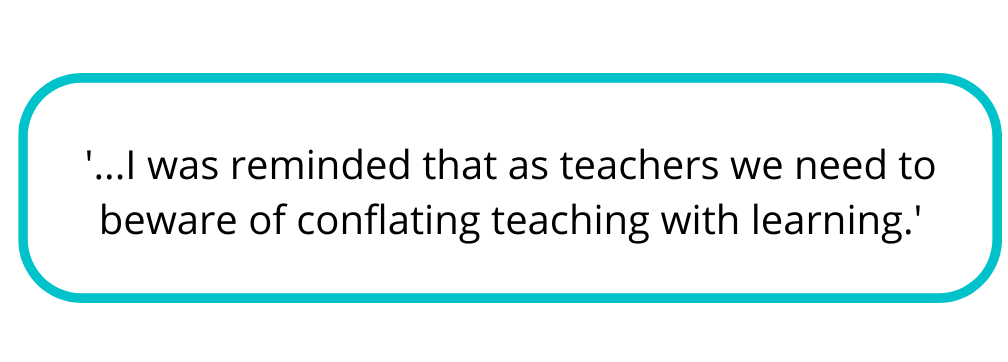4 Planting the seeds
By: Dr. Steve Mann

As an orthopaedic surgeon who does a fair bit of teaching to first-year medical students, I’m often accompanied to the OR by observers who want to gain a bit of real-world clinical exposure to complement their classroom learning (especially when it’s all been via Zoom). One of my sessions in the musculoskeletal course deals with fractures and their complications, and we do a small-group case study looking at femoral neck fractures, the risk of avascular necrosis, and the pros and cons of various surgical options. Recently I had a student come to observe with me just a few days after this session, and I was delighted that we were actually operating on a patient with a displaced femoral neck fracture. What a perfect opportunity to reinforce everything I had just taught so successfully to his class!
Turns out I hadn’t been quite as successful as I’d thought. As we discussed the case, it became clear that he had no real understanding of the anatomy, clinical factors, or surgical principles we’d discussed just a few days earlier, though he did eagerly point out that he’d been in class and very much enjoyed it. We reviewed the management of this patient, discussing her clinical presentation and x-ray findings, and then he had the chance to participate in her operation, using the hammer and putting in a few sutures as we completed a hemiarthroplasty.
Thinking about this interaction, I was reminded that as teachers we need to beware of conflating teaching with learning. I can console myself with the fact that the student likely hadn’t had a chance to review that session yet, and that by the time the exam rolled around, he would have spent time going through his notes and solidifying the concepts, but certainly my 15 minutes of explaining/discussing with the class were not, by themselves, enough to make things stick. Fortunately, those 15 minutes aren’t all we get. This student, and others, may consolidate their learning on observerships, in review sessions, and during independent study, not to mention what happens during clerkship, residency, and beyond. In many ways, I think that those of us who teach in the pre-clerkship setting are sowing the seeds of future understanding, which will sprout sooner or later as they’re watered by reinforcement, clinical exposure, and (of course) studying for exams. I’m certainly guilty of forgetting that concepts which are simple to clinicians (who have been in practice for years – or decades) are an entirely new experience for first-year medical students. Patient reinforcement, clinical application, and repetition are key to making sure the seeds have every opportunity to sprout.

Photo by Francesco Gallarotti on Unsplash
